Almost everyone likes the idea of whole-house central air conditioning and heating (HVAC). The only problem, in most cases, is that there is a significant cost to it, from the up-front cost to purchase and install, to the monthly electrical expense to operate it. Because of this, many folks are looking for options–a ‘work-around’ for HVAC. And the two most popular choices these days are both fans–whole house fans and attic fans. Which is which? Which is better? Are they good? Can they help? People want to know.
Navigating the world of home ventilation and cooling can be daunting, especially with the multitude of choices available. Two options that consistently come up in discussions are whole house fans and attic fans. Each has its unique role, benefits, and operational quirks.
Often, homeowners may find themselves debating between these two systems or considering if they need both. But to make an informed choice, let’s dive into the functionalities, features, benefits, and potential challenges each brings to the table.
Primary Function of Whole House Fans and Attic Fans
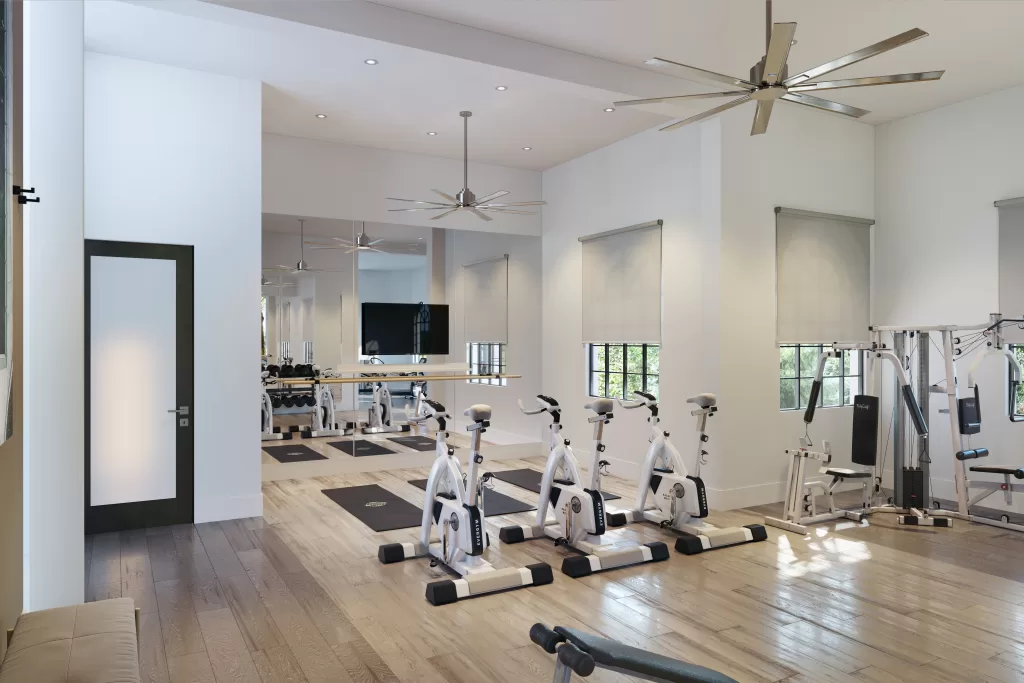
At the heart of the matter, the primary function of whole house fans is a holistic approach to home cooling. What makes it a holistic approach is that it involves drawing in external—cooler–air through windows and expelling the warmer internal air into the attic, thereby cooling living spaces.
Attic fans, conversely, and not surprisingly, focus solely on the attic. Their mission is to extract the hot air accumulating in this attic space, ensuring that the attic’s temperature doesn’t become a heat source affecting the rest of the home.
Operational Hours: When Should You Run Fans?
Whole house fans are creatures of the twilight. They exhibit optimal performance during the cooler hours—either early in the morning or later in the evening. Running them during the peak heat hours could defeat their purpose.
On the other hand, attic fans are day warriors. Their primary function is to combat the direct heat the attic absorbs from the sun’s rays during daylight, ensuring that this attic space remains cool (or, at least, cooler) and doesn’t contribute to the home’s overall heat.
Energy Efficiency: Do Fans Help or Hinder Your Electric Bill?
Whole house fans introduce an energy-efficient cooling solution. They can dramatically reduce the dependency on air conditioning systems, especially during milder days, leading to tangible energy savings.
Attic fans complement this energy-saving endeavor. By ensuring the attic remains cooler, they indirectly reduce the load on the home’s main cooling system. This ensures that your AC or other cooling devices don’t have to work overtime to counteract a hot attic. Some attic fans even run on solar power, which would also make them very efficient, indeed.
Installation Locations
Whole house fans find their homes typically in central parts of the living space. Often installed in hallway ceilings, these fans aim to optimize airflow throughout the entire house, ensuring every room benefits.
In contrast, attic fans are more localized in their installation. Whether placed on the roof or gable ends, they are positioned for one primary reason: to efficiently drive out the hot air accumulating in the attic.

Cost Considerations
Whole house fans, given their extensive role in home cooling, often come with a higher upfront price tag. However, this cost can be offset by the potential savings on AC bills in the long run.
Attic fans, while typically cheaper to install, bring about indirect financial benefits. By optimizing attic temperatures, they reduce the workload on central cooling systems, which can lead to extended AC life and reduced energy bills.
To be fair, comparing the costs of whole house HVAC to that of fans is very definitely an apples-to-oranges comparison. It just isn’t fair, but people want to have an idea of what some of the numbers can be. Does it even matter? After all, you want to know, right? Okay then!
Broadly speaking, allowing for many variables, the initial investment of an HVAC system in a typical-sized home might be in the range of $10,000 to $20,000 or more. On the other hand, whole house fans plus attic fans on that same sized home, would likely run between $1,500 and $3,000 installed. {To get pricing that is more accurate and based on your location and style of home, you’ll want to get a direct answer from a trusted industry pro.)
Granted, this article is NOT about comparing fans to AC, but about comparing one type of fan to another. But that’s another unfair comparison, because the two types of fans are completely different and serve different functions. We’ll get to those in a minute.
That, said, if your home is located where you might be able to get by with just cooling by fans, as opposed to refrigeration, then checking into whole house and attic fans is a smart move. Let’s take a deeper look at them now.
Benefits
Whole house fans are synonymous with fresh air circulation. By constantly introducing fresh air, they reduce indoor pollutants and stale air, promoting a healthier living environment.
Attic fans might have a niche focus, but their benefits resonate throughout the house. From prolonging the lifespan of roofing materials to preventing potential moisture issues, they play a crucial role in home maintenance and energy efficiency.
Limitations/Drawbacks
Like all systems, whole house fans have their quirks. They require windows to be open in order to operate, potentially introducing outdoor allergens. Furthermore, certain models might be noisier than desired.
Attic fans aren’t without challenges either. If a home isn’t adequately sealed, these fans might draw conditioned air from the living spaces, which can inadvertently raise cooling costs and counteract their energy-saving purpose.
Maintenance
Routine maintenance checks are vital for whole house fans. Cleaning the blades, ensuring the motor functions smoothly, and checking for obstructions can keep these fans running efficiently for years.
Similarly, attic fans demand attention. Due to their location, they often accumulate debris or bird nests. Regular checks, cleaning, and ensuring the fans are electrically sound can ensure a longer lifespan and optimal performance.
Safety Considerations
Safety cannot be compromised. Whole house fans need adequate grills or guards to ensure no accidents occur, especially if they’re installed in accessible locations.
Attic fans, given their external positions, need robust mounting and electrical checks. It’s imperative to ensure they’re securely installed to withstand varying weather conditions and are electrically safe to avoid potential hazards.

Integration with Other Systems
Modern homes thrive on integration. Whole house fans can be synchronized with HVAC systems, allowing for optimal temperature management throughout various times of the day and year.
Attic fans, while independent in operation, complement central cooling systems. When both work in tandem, homeowners can potentially choose more energy-efficient AC models, making the most of integrated energy use.
Conclusion

Compare Quotes from Top-rated HVAC contractors in your area.
Whole house fans and attic fans are not competitors; they’re allies in home cooling. Understanding the role and advantages of each system allows homeowners to harness their benefits fully.
Becoming familiar with these cooling systems should provide insight into optimizing comfort, health, and potential energy savings available to you. When used correctly, they can redefine how we perceive and achieve home cooling.
Still in doubt? Tap here to speak to a Licensed HVAC Expert!

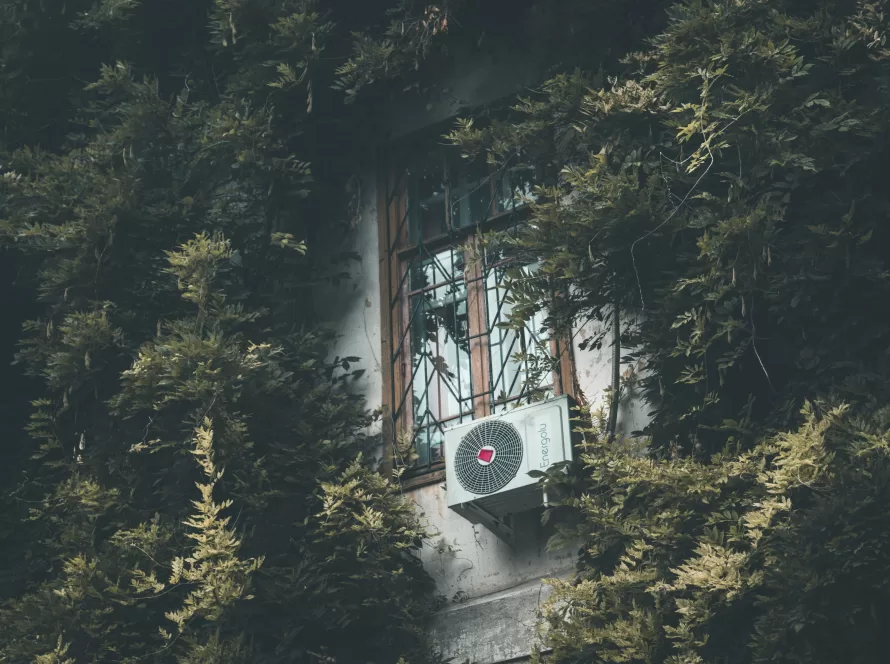
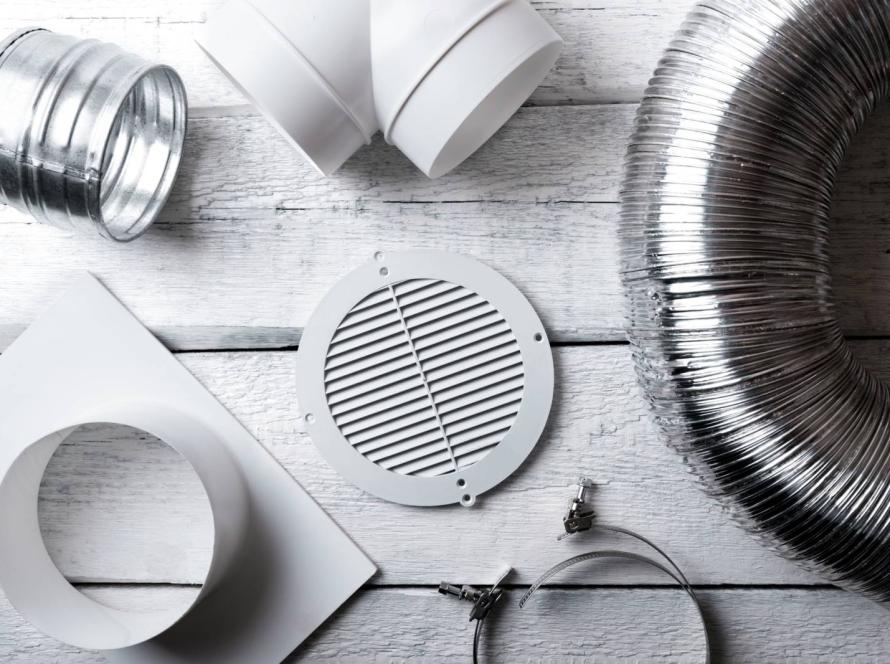
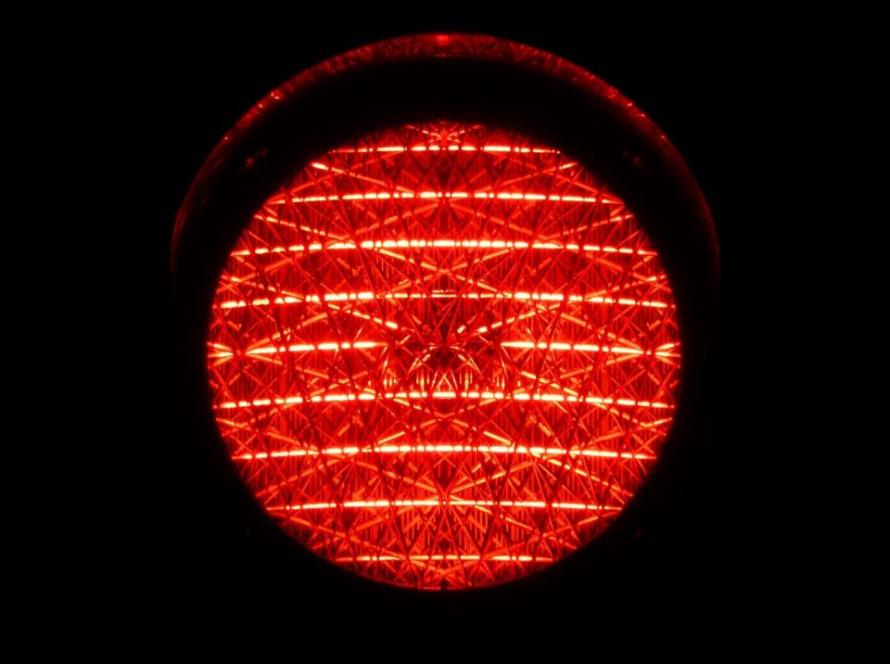
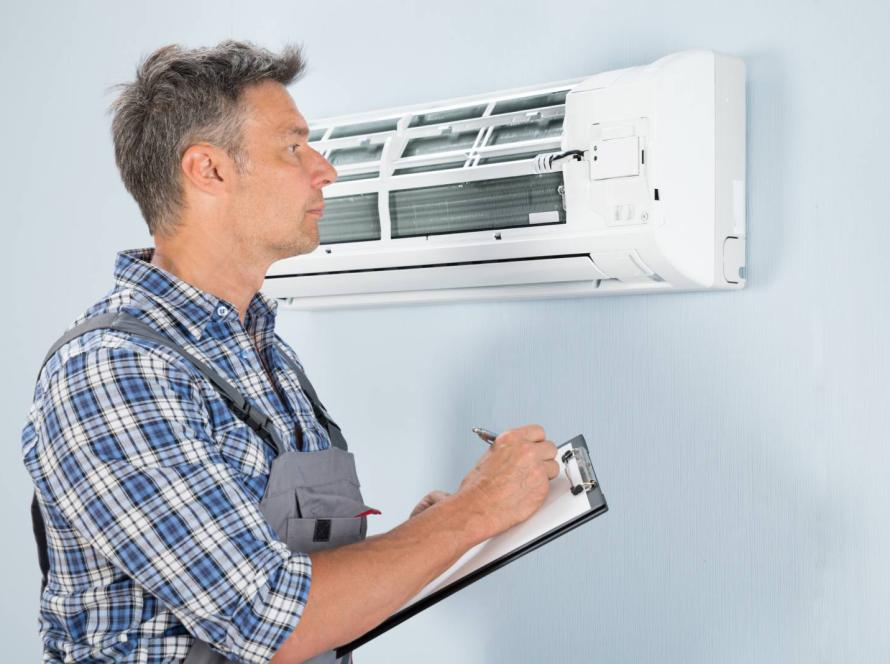
Facebook
Comments